Canada’s most stunning unknown lakes
Fresh water wonders
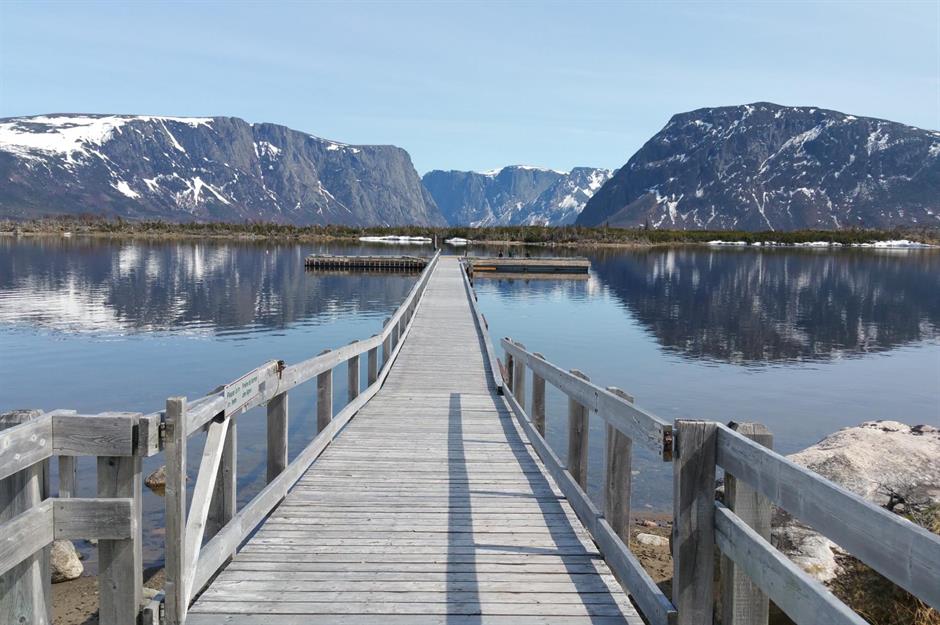
From gleaming, glacier-fed pools to vast inland seas, Canada is a land of lakes. In fact, Canada has more lakes than any other country in the world. While a lot of people will be familiar with the enormous Great Lakes and the turquoise waters of Banff's Lake Louise, these bodies of fresh water also deserve some fanfare.
Click through this gallery to discover the loveliest Canadian lakes you've probably never heard of...
Emerald Lake, Yukon
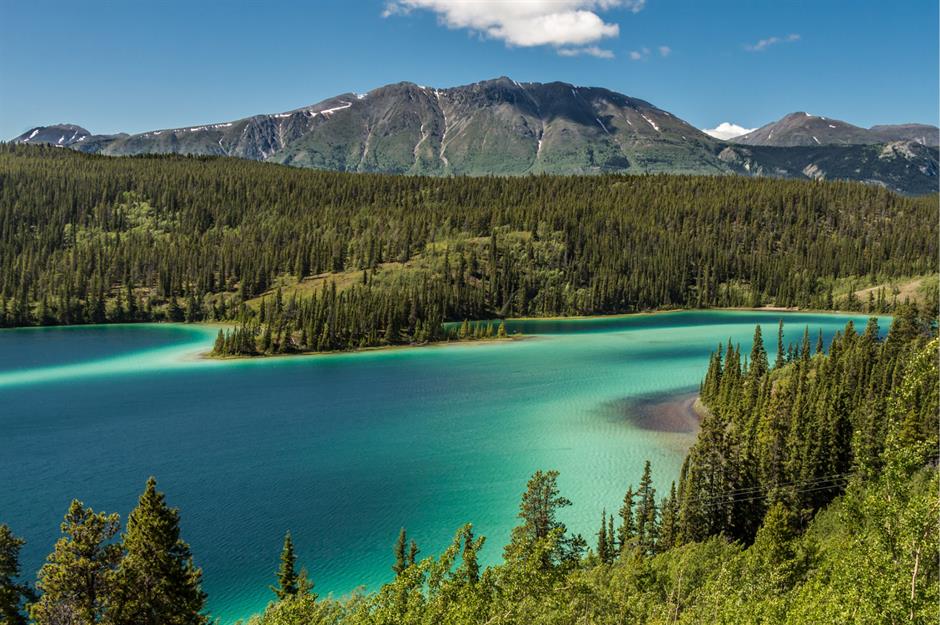
Emerald Lake in Canada’s Yukon Territory comes by its name honestly: the water emits a mesmerising green glow. As with the glacial lakes in the Canadian Rockies, the vibrant green water comes from mineral deposits – in this case marl, clay and calcium deposited thousands of years ago that reflect the light of the sun.
Emerald Lake, Yukon
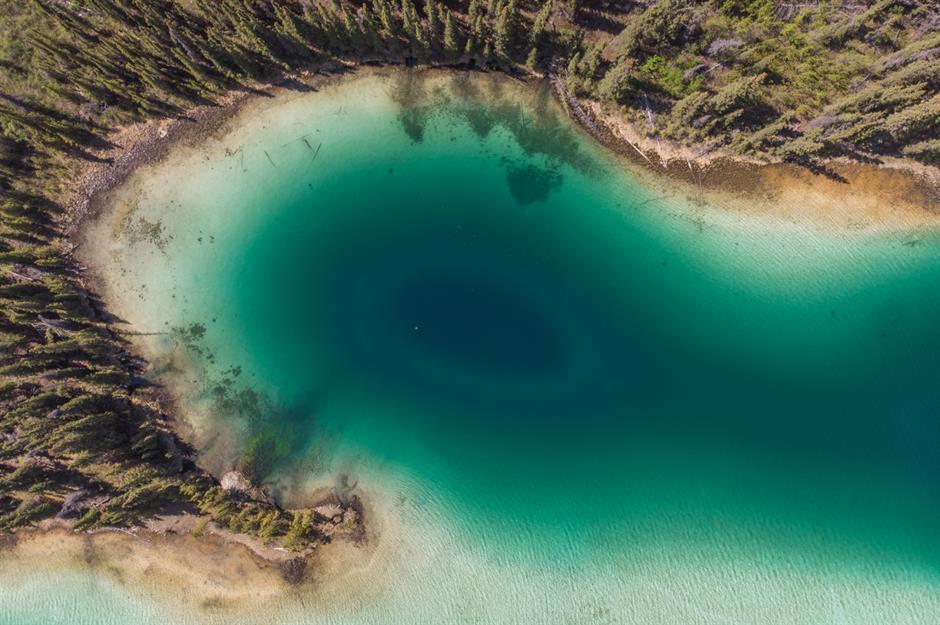
Located on the South Klondike Highway not far from Alaska, Emerald Lake is best viewed from above at a viewing point that offers a full vista of the green water. This is wild natural country and bears and other wildlife are likely to be roaming the area.
Harrison Lake, British Columbia
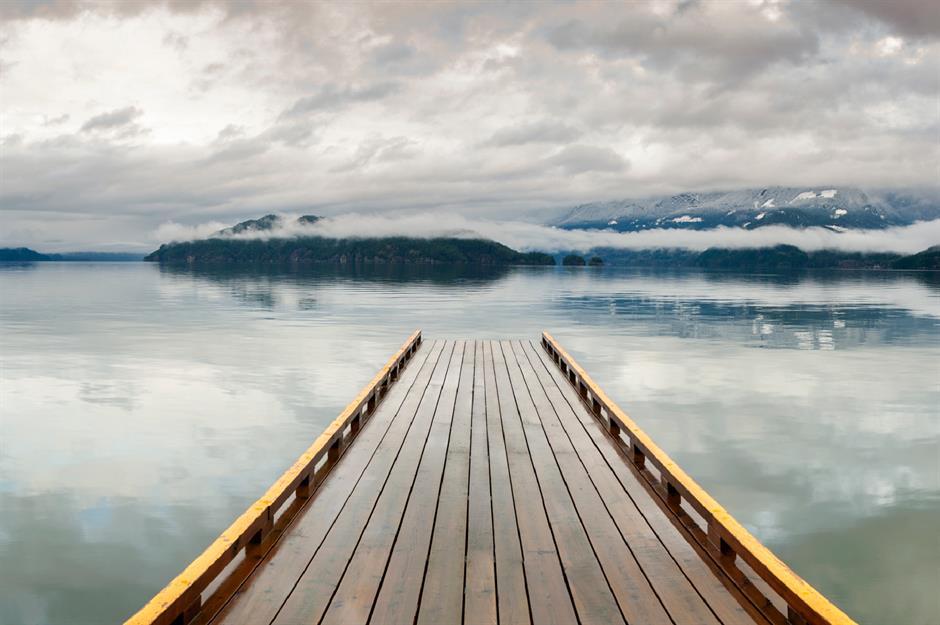
The largest lake in BC’s Coast Mountains, Harrison Lake is an impressive 37 miles (60km) long. Thousands of years ago it actually used to be an arm of the Pacific Ocean, but it’s now landlocked and full of fresh water. Its unique biodiversity makes it a great home for plenty of different varieties of fish, waterfowl and seal.
Harrison Lake, British Columbia
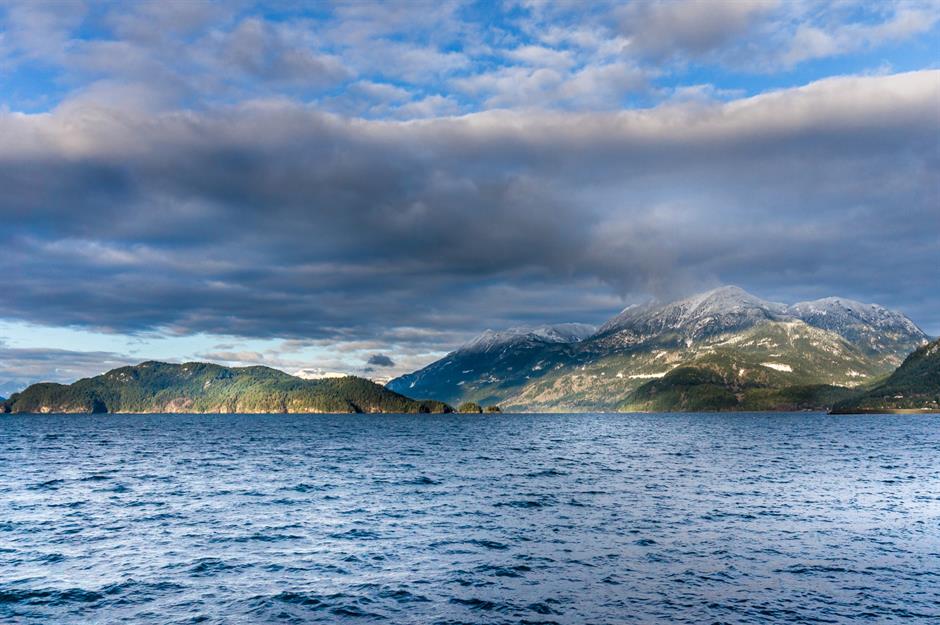
The lake is deep and cold, but warmer waters can be found in the adjacent Harrison Hot Springs, which boast mineral-rich waters reaching 38°C (100°F). The hot springs have long attracted First Nations communities. Over thousands of years those Indigenous inhabitants created paintings and carvings, many depicting stories of a sasquatch-like creature that has become part of local lore.
Spotted Lake, British Columbia
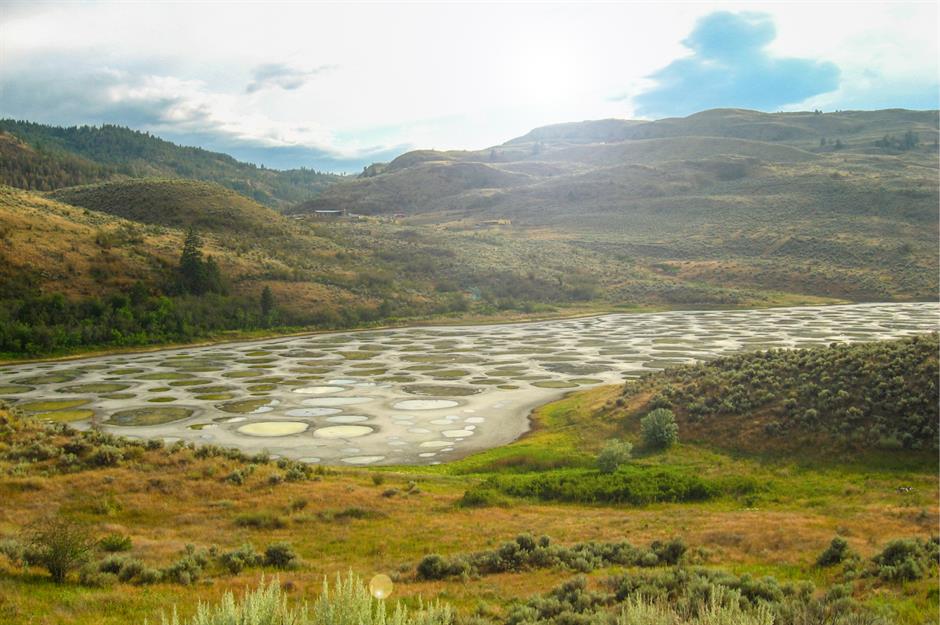
The most famous lake in BC’s Okanagan Valley is, obviously, Okanagan Lake, but a much smaller lake to the south in the Nk'Mip Desert is also worthy of attention. Spotted Lake is more of a pool than a typical lake, but it’s a natural curiosity that has become a popular road stop for those driving through the area. The lake is on private property, but can easily be viewed from the side of the road.
Spotted Lake, British Columbia
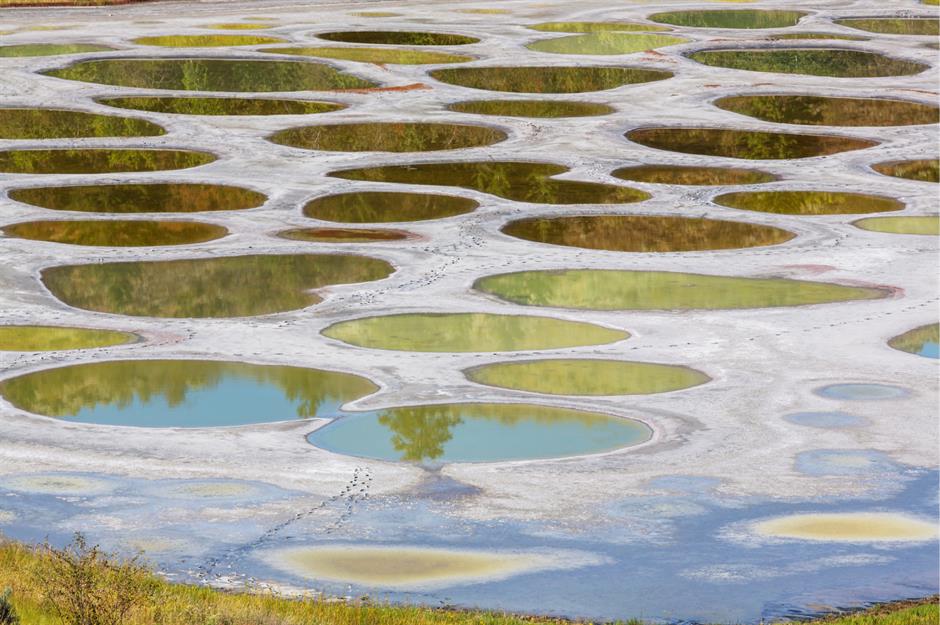
The waters of Spotted Lake are unusually rich with minerals, including magnesium sulphate, which becomes very concentrated in the summer when the heat causes water from the pool to evaporate. As a result, the minerals form large coloured spots on the surface of the pool, which change throughout the season as the weather changes.
Peyto Lake, Alberta
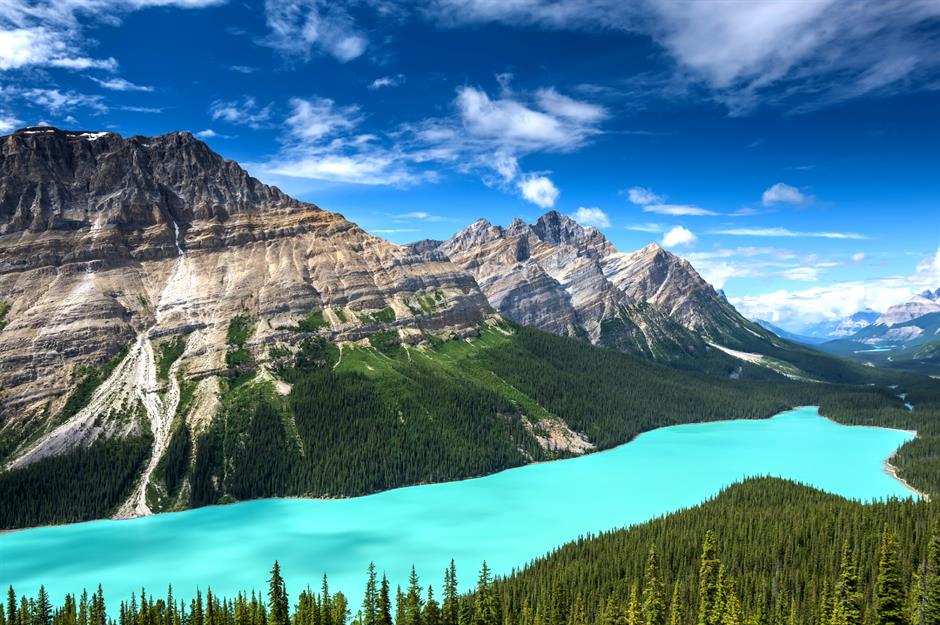
It doesn’t take major hiking skills to access the Bow Summit viewpoint that looks over the brilliant turquoise waters of Peyto Lake. The stunning body of water sits right off the Icefields Parkway road, which runs from Lake Louise to Jasper. The glacier-fed lake gets its vivid colours from light reflected off rock flour that becomes suspended in the water as the result of summer glacier melt.
Peyto Lake, Alberta
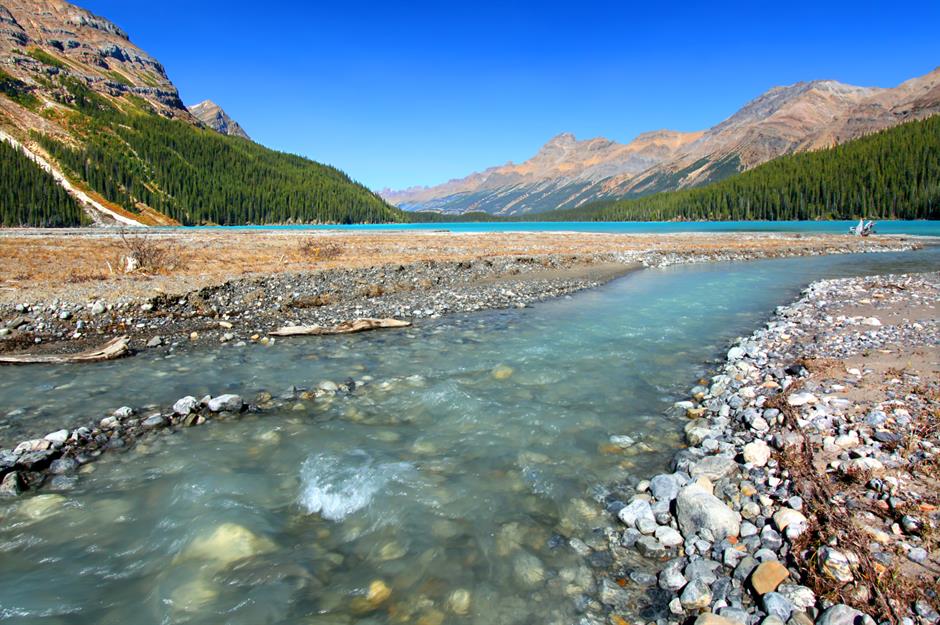
In 2020 the Canadian government invested CA$2.9 million (£1.4m/$1.9m) to improve the lake's facilities, and after two years of closure the site now has extra parking, new restrooms and a new and improved viewing platform jutting out high over the valley. The lake can also be visited at ground level, via a trail leading down to the shore.
Vermilion Lakes, Alberta
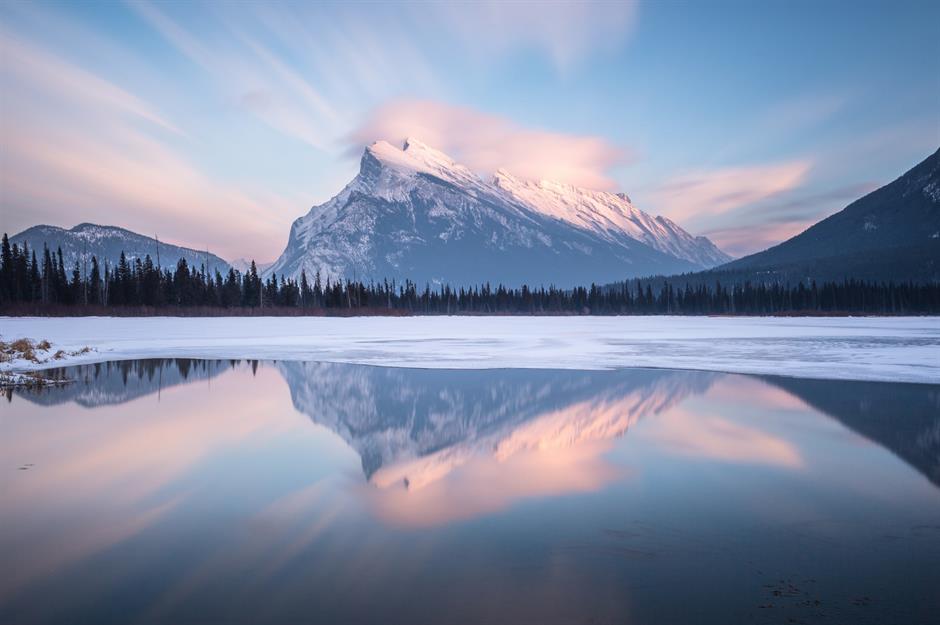
Just a mile from the town of Banff and set against the backdrop of Mount Rundle, the Vermilion Lakes offer a fair bit of solitude, especially in comparison to busier lakes in Banff National Park. The lakes are especially beautiful at sunrise and sunset, when light reflects off the water and the snow-capped mountains.
Vermilion Lakes, Alberta
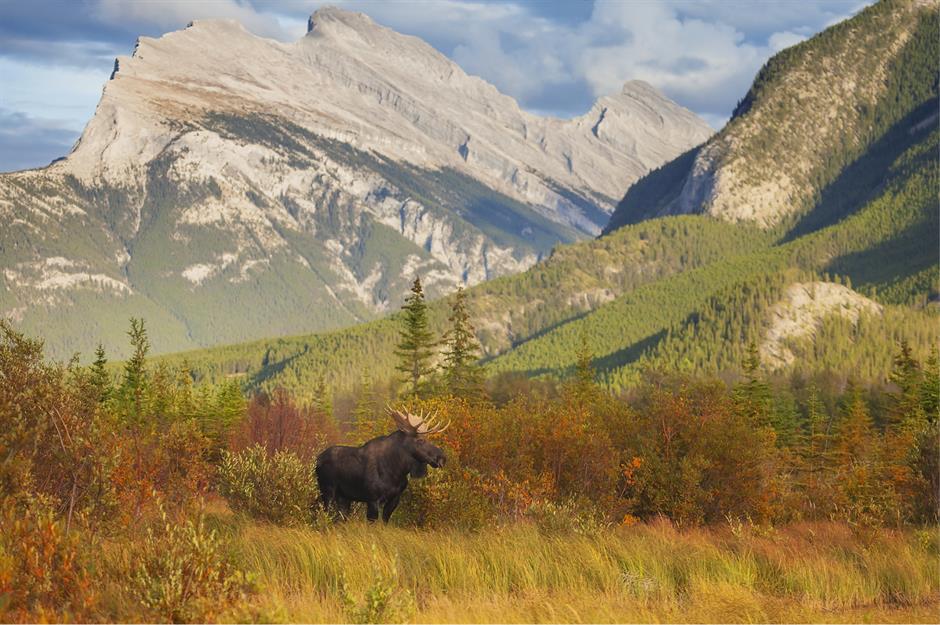
The quiet of the Vermilion area also attracts plenty of wildlife, including moose, elk, beavers and even some of Banff’s famous bear population. Vermilion is a beautiful spot year-round, with methane bubbles freezing under the surface of the ice in the winter and the occasional opportunity to catch the Northern Lights after dark.
Waterton Lake, Alberta
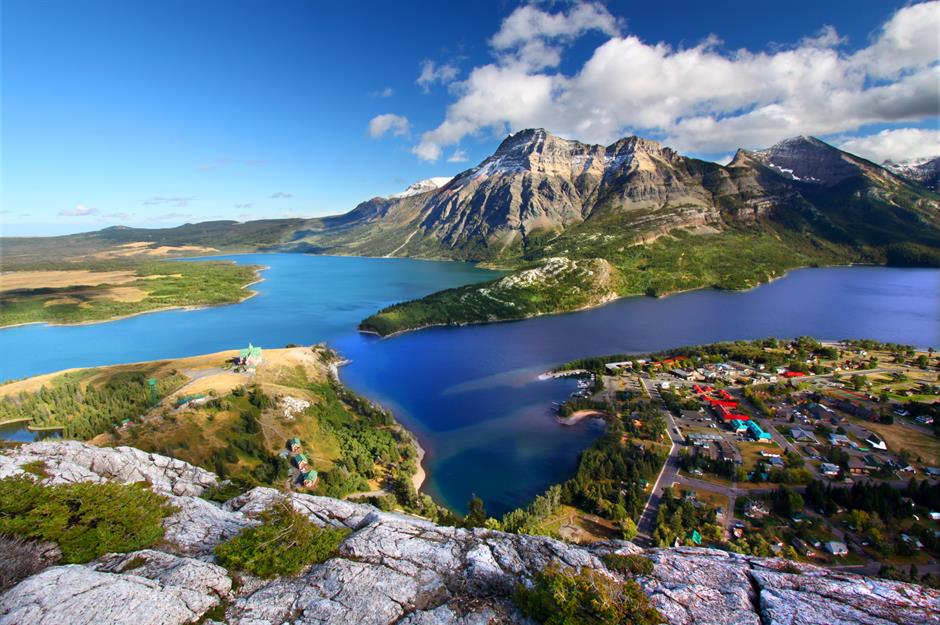
The turquoise lakes in Banff National Park tend to get the most accolades in Alberta, but Waterton Lakes National Park on the southern edge of the province also offers mind-blowing views. Waterton Lake, which is actually two lakes connected by a channel, straddles the Canada-US border, with the lake flowing into Montana’s Glacier National Park.
Waterton Lake, Alberta
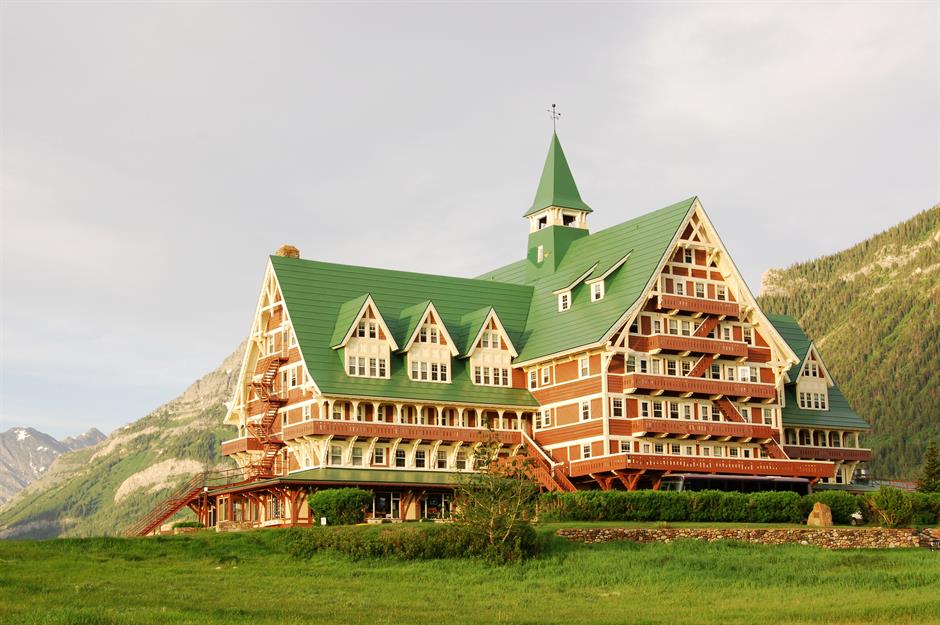
Boat cruises can often be seen sailing along the lake in search of wildlife and the area is also well known for its many hiking trails. The lakeside is home to the impressive Prince of Wales Hotel (pictured), a Canadian National Historic Site that serves as an excellent example of an early 1900s Canadian railway hotel.
Great Slave Lake, Northwest Territories
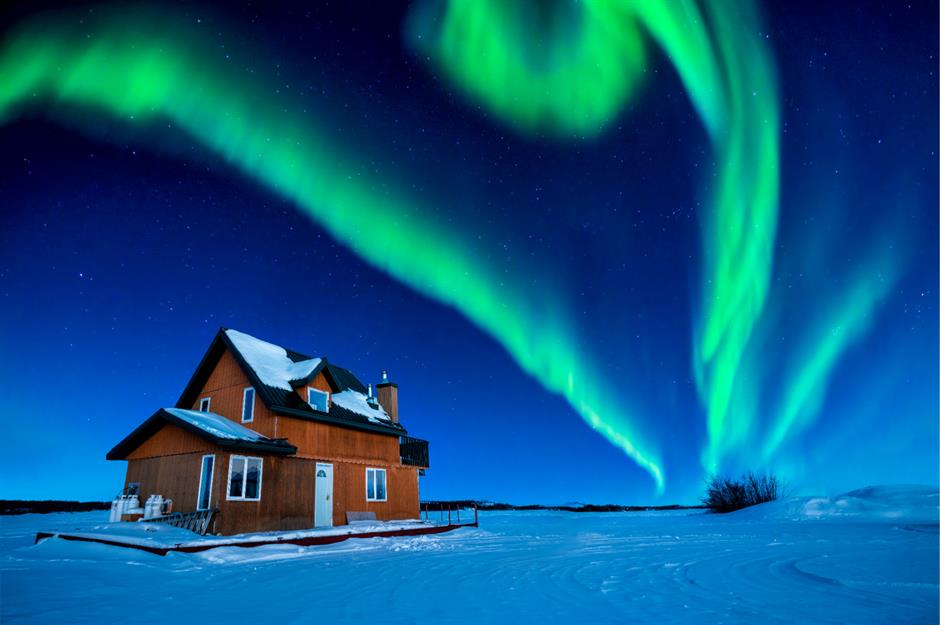
Great Slave Lake is a wonder of the Northwest Territories: it’s the 11th largest lake in the world, and also North America’s deepest lake. That depth means that the lake is chock-full of fish. Small fishing boats often dock on one of the lake’s many small islands to cook up a traditional shore lunch before heading back to the mainland.
Great Slave Lake, Northwest Territories
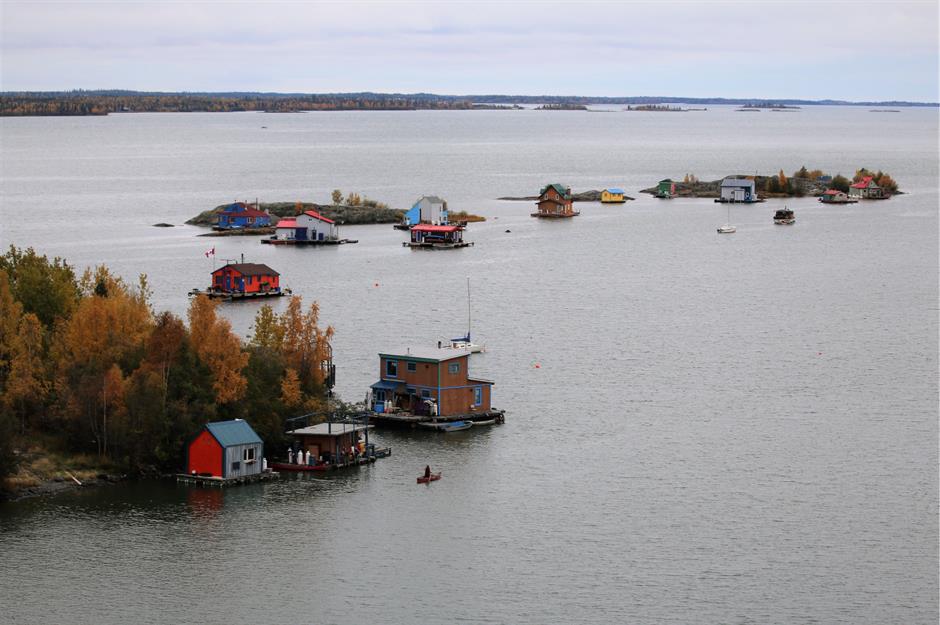
Yellowknife sits right on Great Slave Lake and the lake is very much part of the city. A community of houseboats floats in Yellowknife Bay during the summer. In wintertime when the lake is frozen over, the boats sit on frozen ice, allowing residents to walk or drive into town.
Waskesiu Lake, Saskatchewan
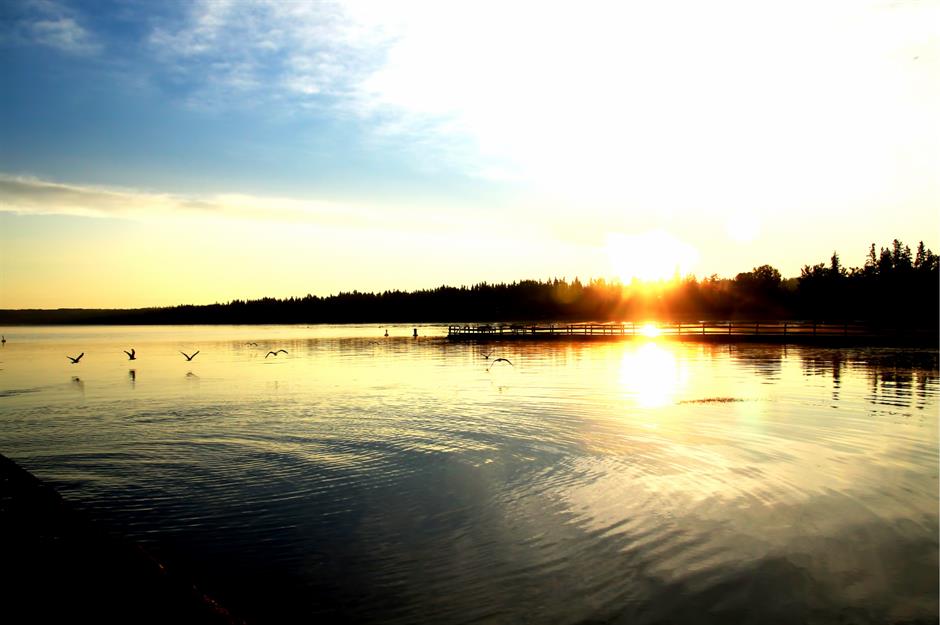
Saskatchewan, best known for its flat prairie farmland, surprisingly has over 10,000 lakes, although most of them are fairly small and not particularly noteworthy. Lake Waskesiu sits in Prince Albert Provincial Park in central Saskatchewan, near the hamlet of Waskesiu, the only town within the entire park.
Waskesiu Lake, Saskatchewan

Lake Waskesiu is in the northern boreal forest, which lends it a real sense of rugged Canadian beauty. Just 120 miles (200km) north of Saskatoon, lake amenities like beaches, boating, biking and golf attract a lot of locals from the city.
Clearwater Lake, Manitoba
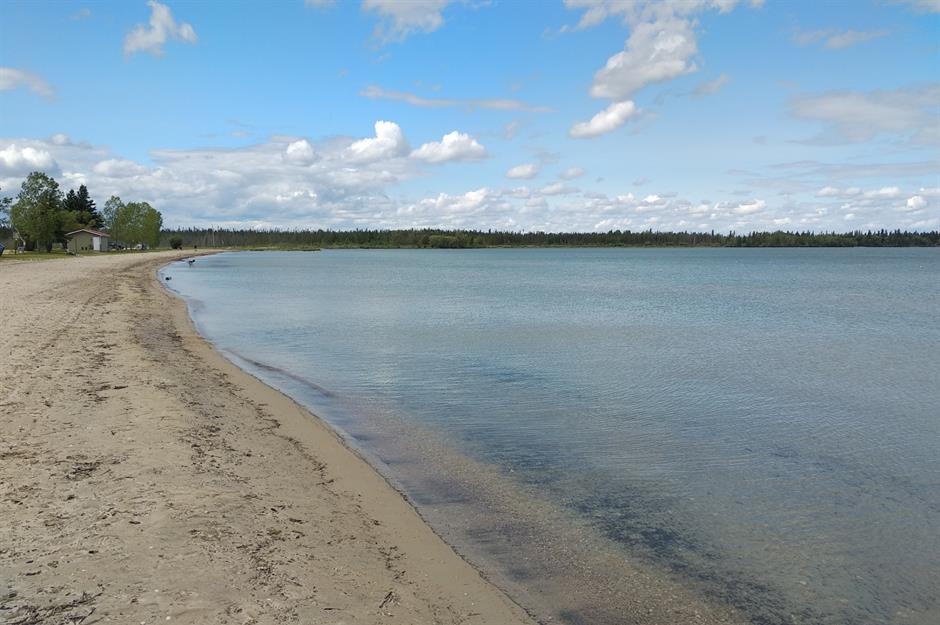
Clearwater Lake is the jewel of Manitoba’s Clearwater Lake Provincial Park. It’s fairly far north – over a six-hour drive from Winnipeg – and that position makes the water both incredibly cold and, as the name suggests, very clear. The bottom is visible at 35 feet (11m), and those who look in will see lots of fish, including lake trout, northern pike and whitefish.
Clearwater Lake, Manitoba
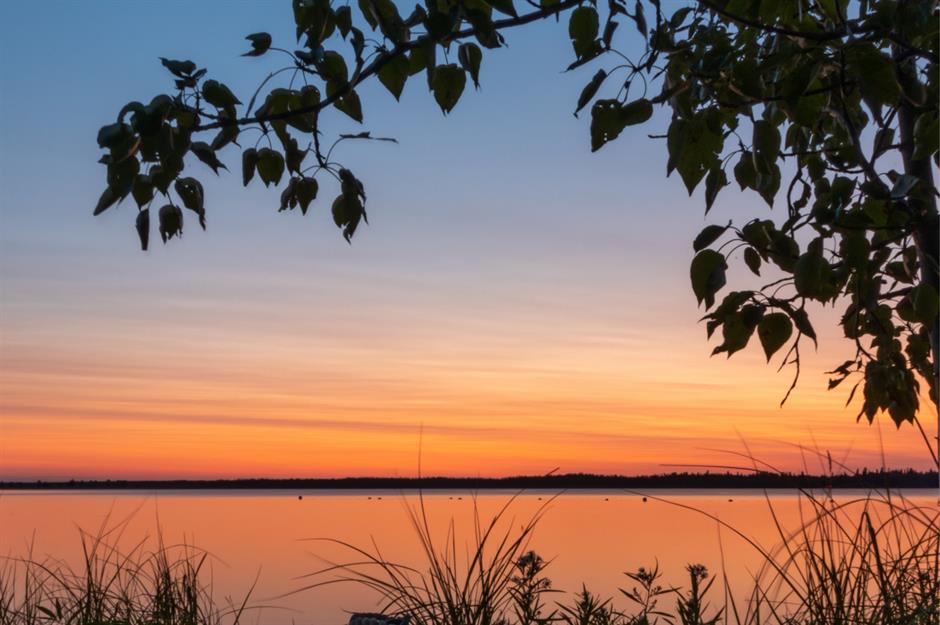
The lake is surrounded by prime wilderness and coniferous forest with plenty of hiking trails and chances to spot wildflowers and birds. On the water, visitors tend to spend their time fishing, sailing and swimming, provided the water is warm enough.
Rock Lake, Ontario
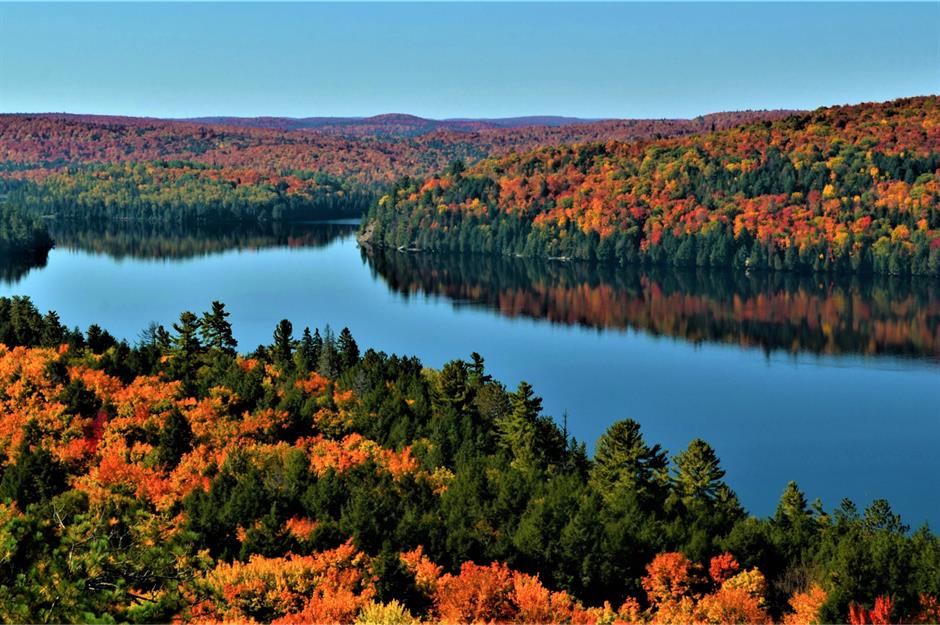
Situated in Algonquin Provincial Park in southeastern Ontario, Rock Lake is known for its pine-fringed edges and crystalline water. Full of cabins and campgrounds, the park is favoured by Ontarians for its expansive hiking and biking trails and opportunities to travel the waters by canoe.
Rock Lake, Ontario
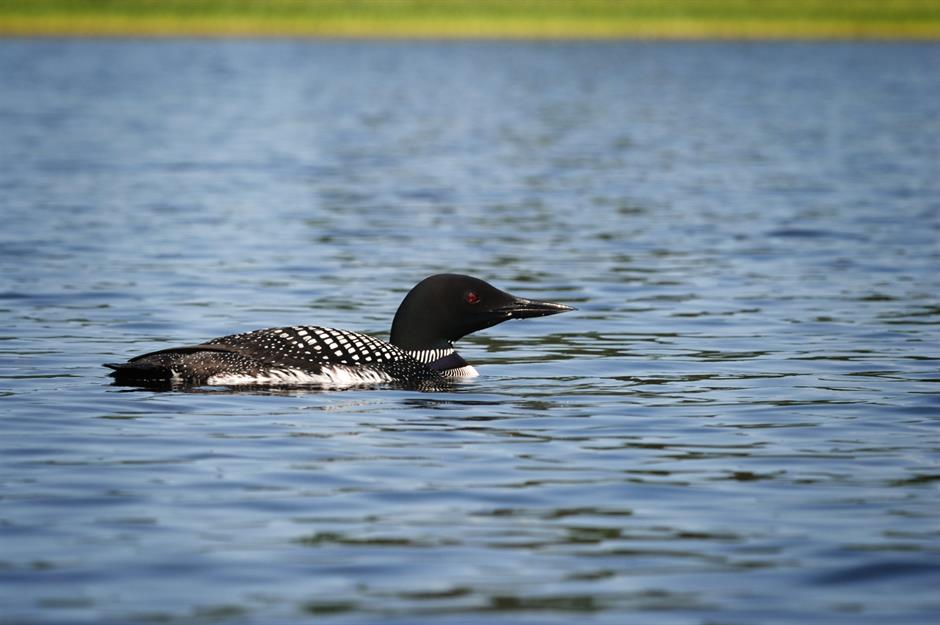
Algonquin Park is also well known for its wildlife, with over 260 bird species including grey jays, boreal chickadees and one of Canada’s best-known and best-loved birds, the common loon. The birds share the park with more substantial mammals like wolves, moose and deer, as well as toads, frogs and thousands of different kinds of insect.
Rice Lake, Ontario
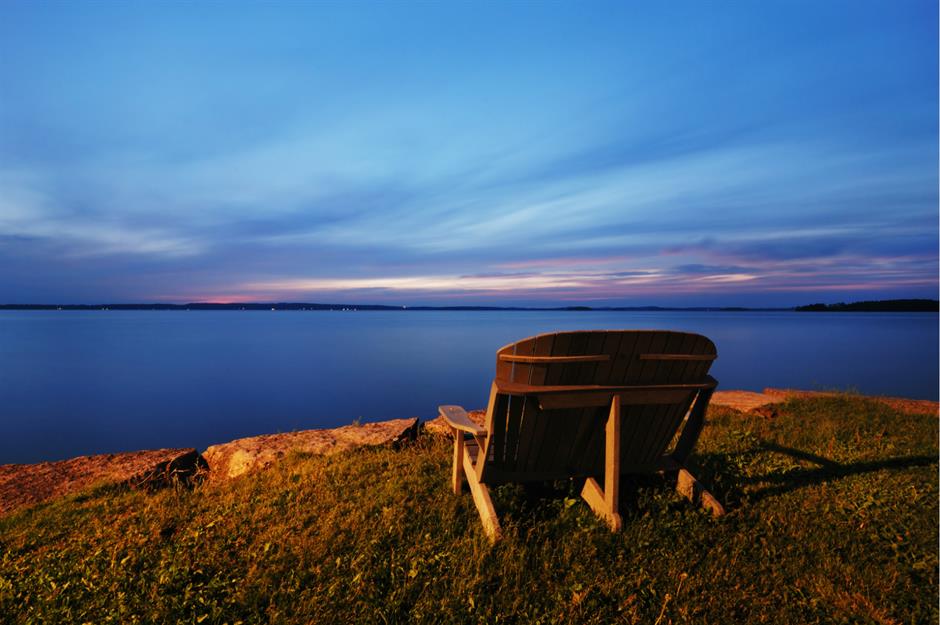
Southern Ontario may be home to Canada’s Great Lakes, but it’s also full of smaller lakes renowned among nature lovers. About a two-hour drive from Toronto, the relatively shallow Rice Lake is a popular spot to swim or paddle in the summer, and a hot spot for winter sports enthusiasts and ice fishers in the winter once it’s frozen over.
Rice Lake, Ontario

The lake’s name may seem a bit odd, but it comes from the wild rice that used to grow naturally in the lake. That rice attracted First Nations communities and settlers to the area who were both looking for winter food sources. Today the lake’s greatest bounty is fish, with populations of walleye, bass and muskellunge luring in recreational fishers.
Lake Wapizagonke, Quebec
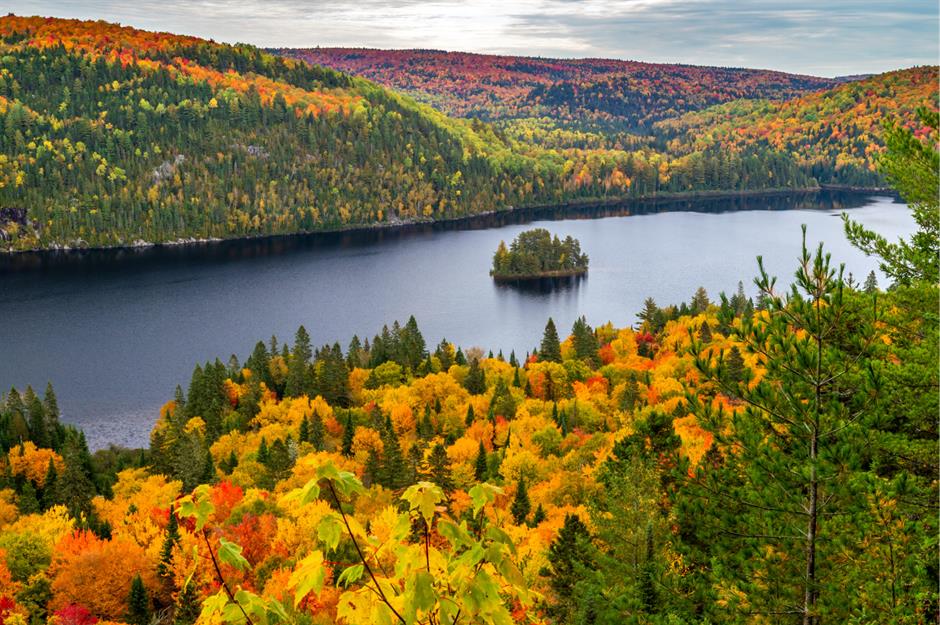
Lake Wapizagonke sits in La Mauricie National Park, which is unquestionably one of the most beautiful places in Canada to catch the colours of autumn leaves. For just a few weeks each fall the trees around the lake blaze with hues of bright orange, yellow and red. There are other lakes in the park, but Lake Wapizagonke is special in that it is so long and narrow.
Lake Wapizagonke, Quebec
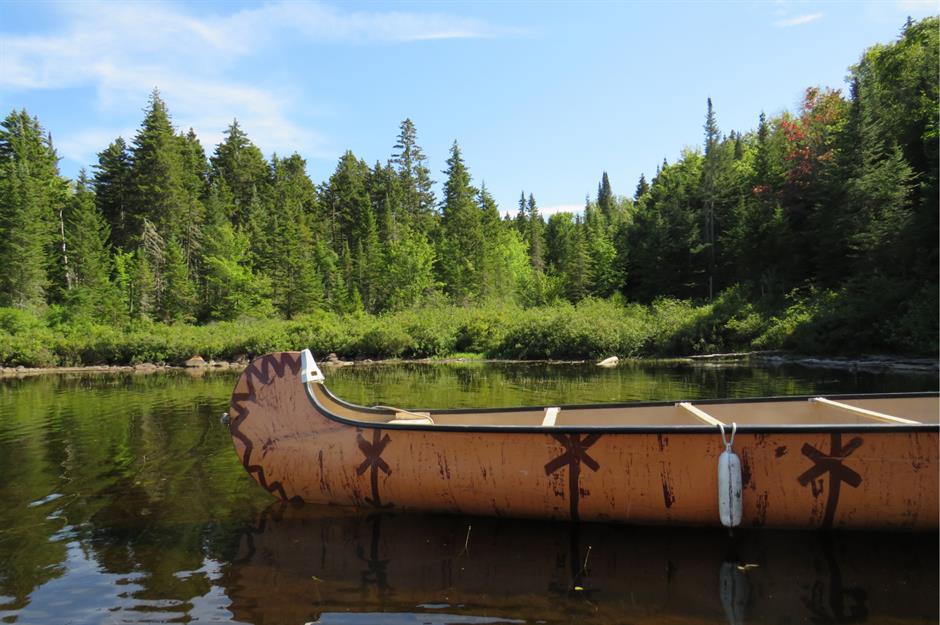
The snake-like lake is a little over 5.5 miles (9km) long, which makes it particularly popular for canoeists who want to paddle among the canopy of trees. The beautiful Waber Falls are about an hour's hike away from the western tip of the lake.
Lake Saint-Jean, Quebec
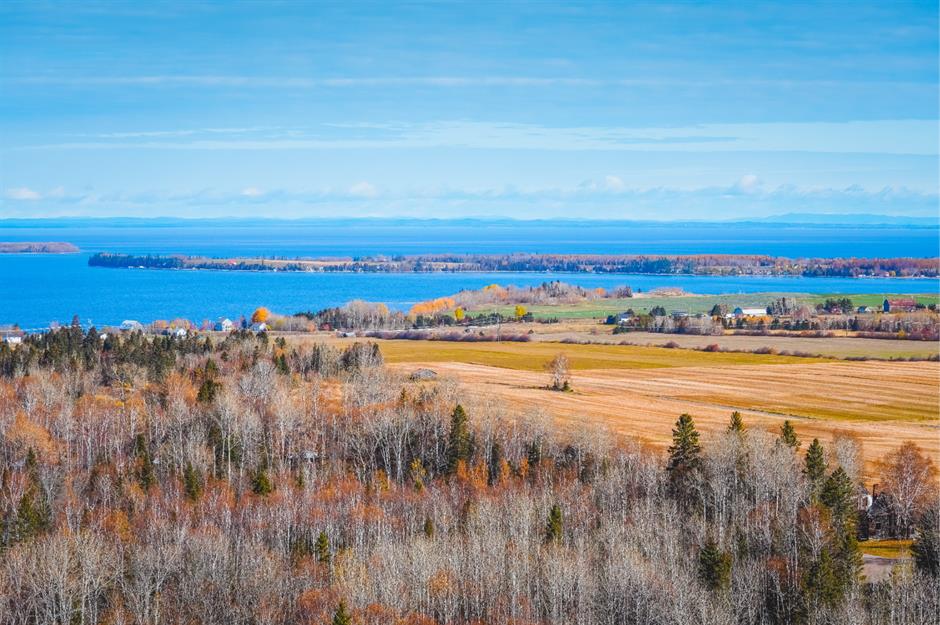
Located a little over two hours north of Quebec City, Lake Saint-Jean is a vast lake surrounded by numerous beaches. The area is known for its blueberries – there’s even a bike route called the Veloroute des Bleuets that takes riders past blueberry farms as well as other culinary stops.
Lake Saint-Jean, Quebec
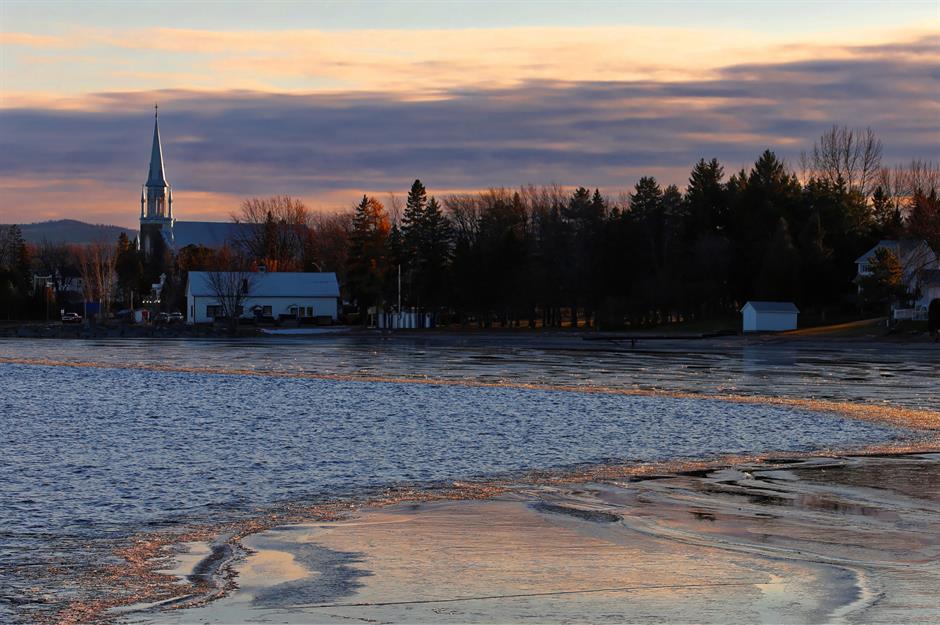
The lake is part of the Laurentian Highlands and the communities around the lake really encapsulate the spirit of Quebec’s rich culture. The town of Roberval sits right on the shore, acting as a beach retreat in summer and a hub of ice fishing and hockey during the staggeringly cold Quebec winter.
Bras d'Or Lake, Nova Scotia
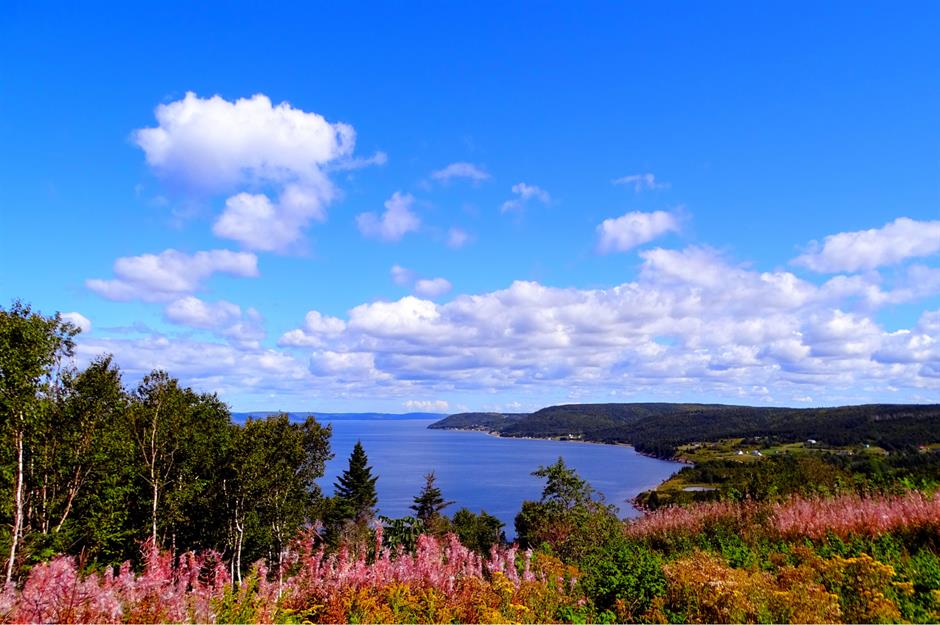
Technically an inland sea in the centre of Cape Breton Island, Bras D’Or Lake is a mix of fresh and salt water. The vast body of water, which covers approximately 424 square miles (1,099sq km), was designated a UNESCO Biosphere Reserve in 2011, and includes 12 significant watersheds that sustain a wide variety of wildlife both on the land and in the water.
Bras d’Or Lake, Nova Scotia
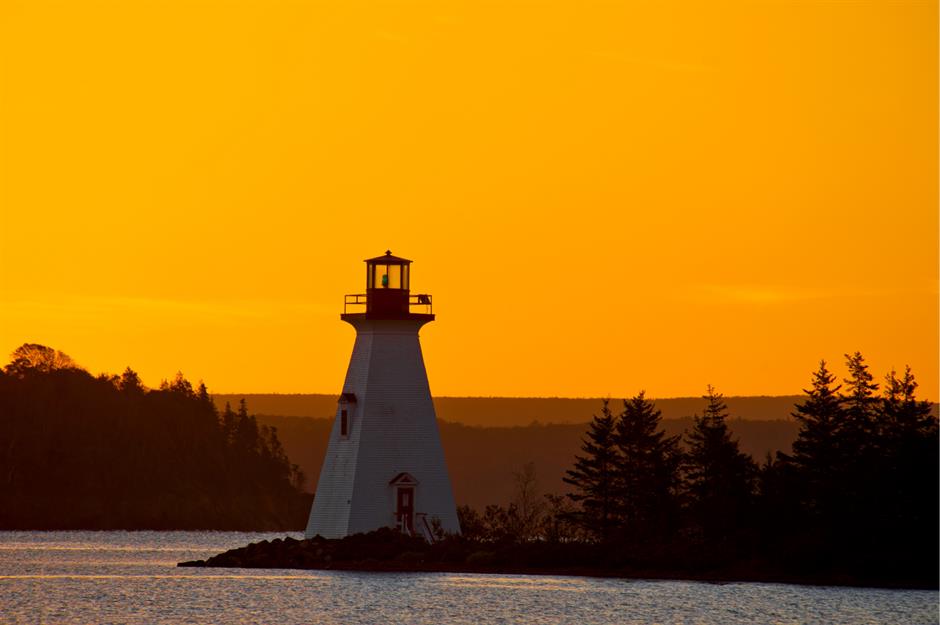
Whales can often be seen in the nearby Atlantic, as well as puffins and other coastal birds. Locals like to boat and paddle through the lake, which is also dotted with small islands. The uninhabited Kidston Island is known for its beach, as well as a photogenic Nova Scotia lighthouse.
Western Brook Pond, Newfoundland and Labrador
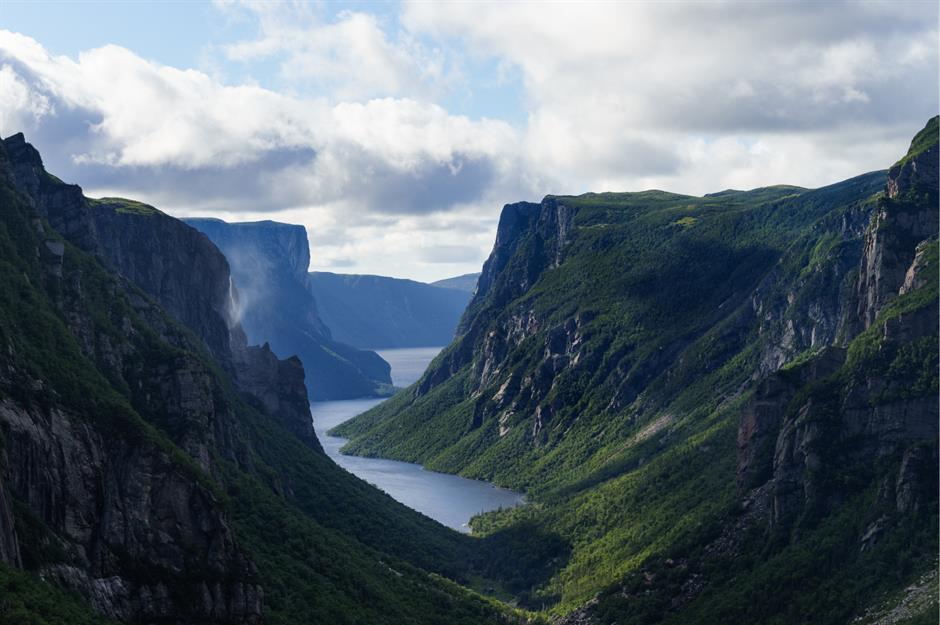
Gros Morne National Park on the west coast of Newfoundland is a UNESCO World Heritage Site that offers some of Atlantic Canada’s most fascinating wild views. The rugged rock formations and fjords offer an almost ancient look at the Earth’s formation and continental drift. Western Brook Pond, a now land-locked fjord, is one of the park’s most stunning features.
Western Brook Pond, Newfoundland and Labrador
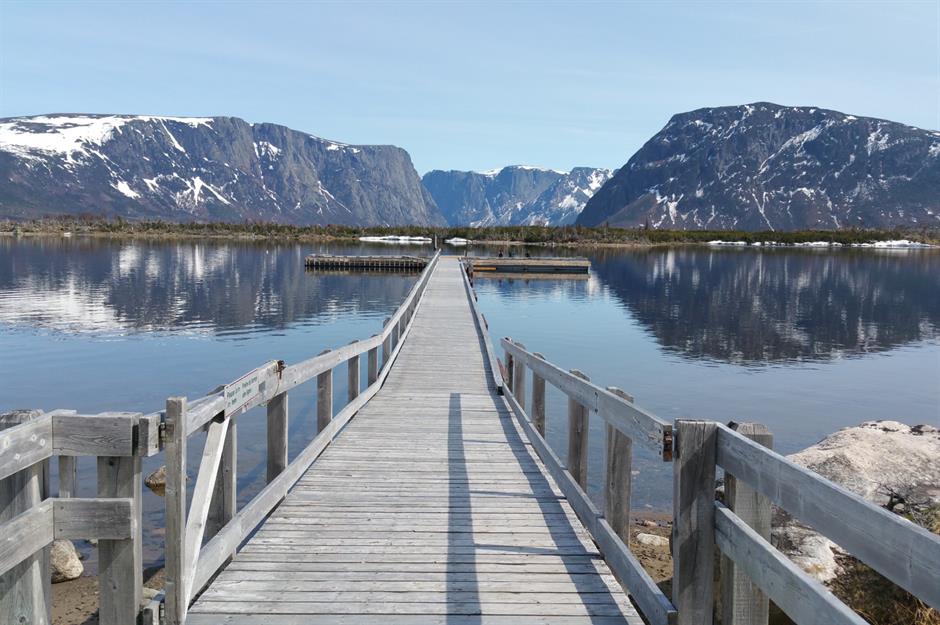
The pond (which is actually a glacially carved lake) is surrounded by massive cliffs, many of which feature cascading waterfalls. Parks Canada has recently undertaken some maintenance works around the lake, improving hiking viewpoints and rehabilitating areas of forest and bog, all designed to make the Gros Morne experience even more spectacular.
Comments
Be the first to comment
Do you want to comment on this article? You need to be signed in for this feature